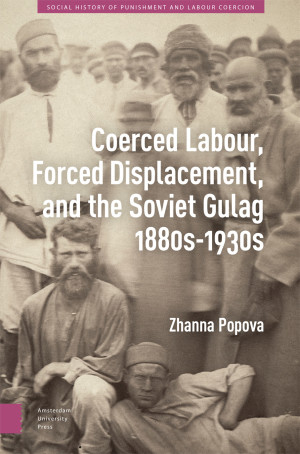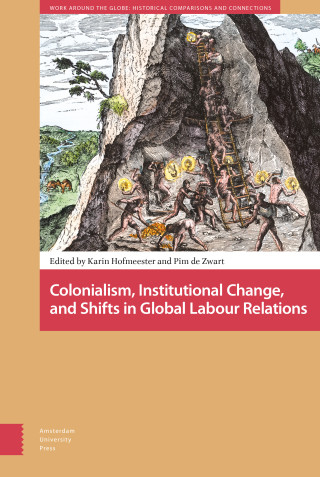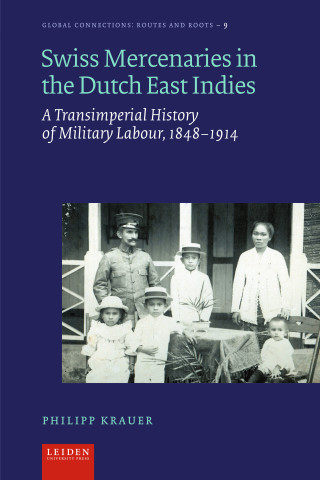Introduction
Chapter 1. A Threatening Geography: Shifting Usages of Forced Displacement and Convict Labour, 1879–1905
Chapter 2. Under Pressure: Revolution, Repression, and War in the Russian Empire, 1905–1917
Chapter 3. Blueprints for the Gulag? The Advance of Mass Internment, 1914–1923
Chapter 4. Revolutionary Utopias and Dystopias: Violence and the Making of the Soviet Man, 1923–1929
Chapter 5. “Special Settlements” and the Making of the Gulag, 1929–1934
Epilogue. Paroxysms of Violence, 1937–1953





